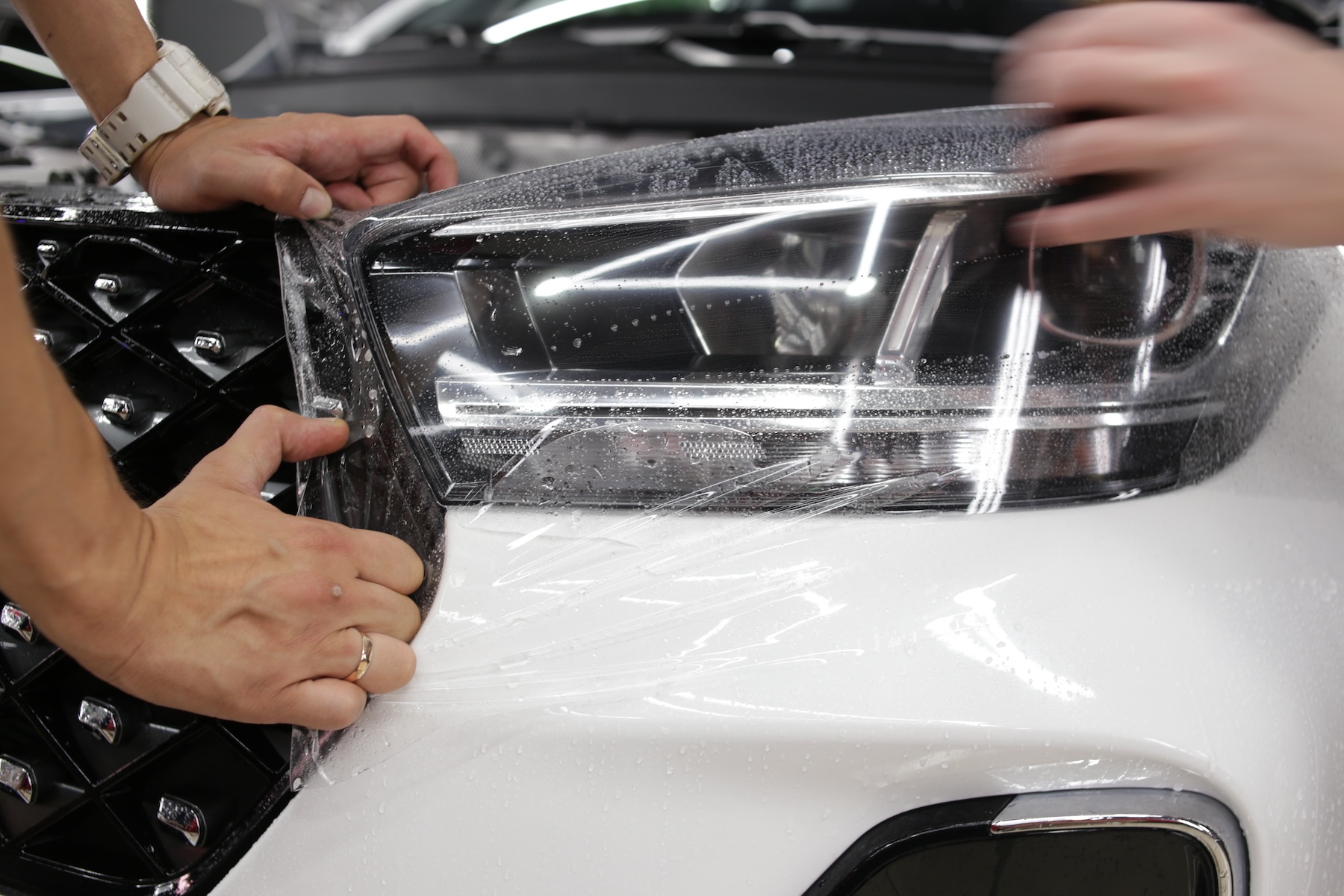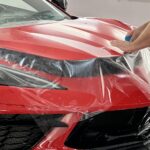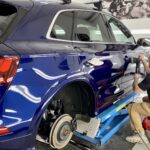Purchasing a new car is a significant investment, one that you’ll likely want to protect and preserve for as long as possible. While routine maintenance and careful driving can go a long way, environmental and road hazards pose a constant threat to your vehicle’s exterior. This is where Paint Protection Film (PPF) comes into play. Commonly known as “clear bra,” PPF is an almost invisible layer that shields your car from the damages of everyday driving.
What is Paint Protection Film?
Paint Protection Film is a thin polyurethane film or polymer that adheres to the surface of your vehicle to protect it from scratches, dings, and environmental hazards like bird droppings and tree sap. Initially developed by the military to protect helicopter blades from high-velocity damage, PPF has evolved into a widespread automotive industry application, providing unmatched protection to vehicles under the harshest conditions.
The Benefits of PPF for New Cars
Preservation of Paint Job: New cars come with a pristine paint job that PPF can help maintain. The film acts as a barrier that protects the paint from the fading effects of UV rays, as well as chemical stains that can occur from acidic contaminants.
Enhanced Durability: One of the biggest advantages of PPF is its self-healing properties. Most films are designed to absorb small scratches and dings that can occur from road debris. Under heat, such as direct sunlight or an engine warm-up, the film can self-heal, literally making scratches disappear.
Cost-Effective Maintenance: While the initial cost of PPF might be a consideration, it is a cost-effective solution in the long run. By protecting the original paintwork, PPF reduces the need for costly paint repairs and touch-ups. Moreover, maintaining PPF is relatively simple, requiring just mild soap and water for cleaning.
Increased Resale Value: A well-maintained car has a higher resale value. PPF preserves the aesthetics of your car’s exterior, making it more appealing to potential buyers. This is particularly important for high-end and luxury cars where the quality and condition of the paint can significantly influence the resale price.
Customizable Protection: Paint Protection Film can be applied to the entire vehicle or targeted areas like hoods, bumpers, and mirror backs, which are more vulnerable to damage. This flexibility allows car owners to choose the level of protection that suits their environment and driving habits.
Installation and Longevity
The installation of PPF should always be carried out by professional technicians to ensure that it is free of bubbles and imperfections. A well-applied paint protection film can last between five to ten years, depending on the product quality and how the vehicle is used and maintained.
Many PPF brands offer warranties that guarantee the film will not yellow, crack, or peel for up to 10 years, making it a wise long-term investment for any vehicle, especially new ones that you plan to keep for a while.
Choosing the Right PPF
Not all paint protection films are created equal. It’s important to choose a high-quality PPF to ensure the best protection and longevity. Premium brands are more resistant to discoloration and have better self-healing abilities. Consult with professionals who can offer a range of options and explain their benefits and limitations.
Conclusion
The decision to apply Paint Protection Film is a consideration of not just cost, but the long-term value it adds in keeping your car in prime condition. In an age where maintaining the aesthetic and functional aspects of your vehicle can significantly impact its resale value, PPF stands out as a clear choice for safeguarding your investment. Whether you’re navigating gritty city streets or cruising on country roads, having PPF can give you peace of mind, knowing that your car is well-protected.









